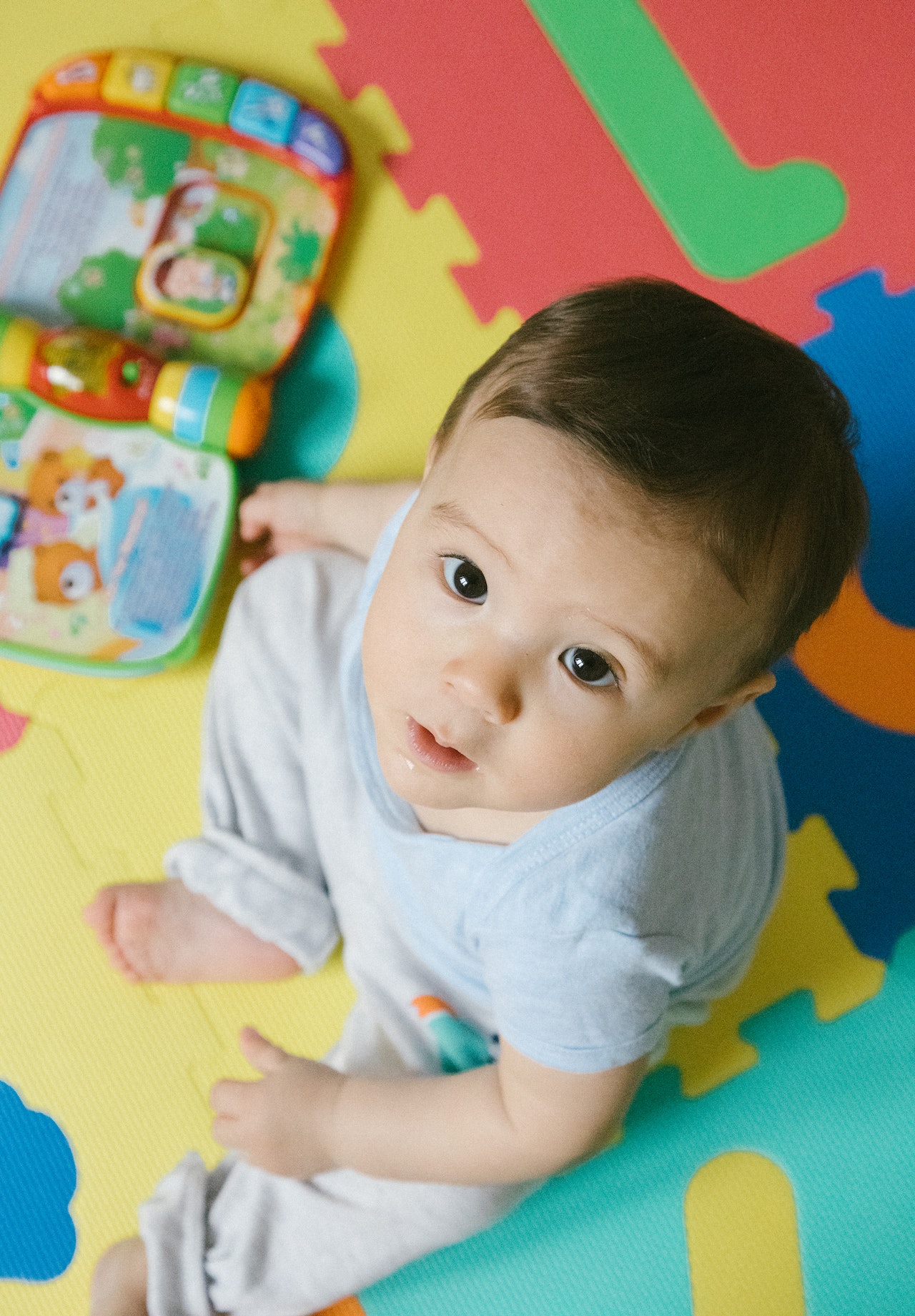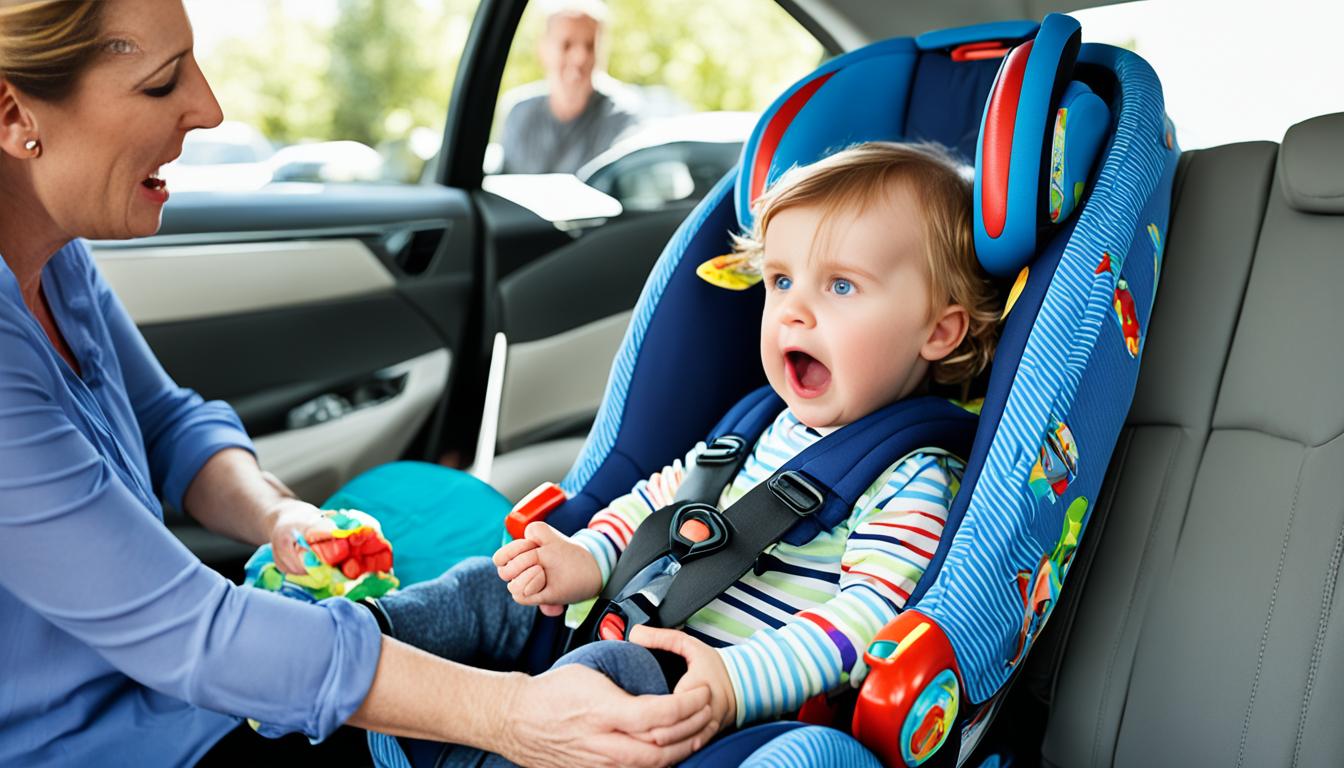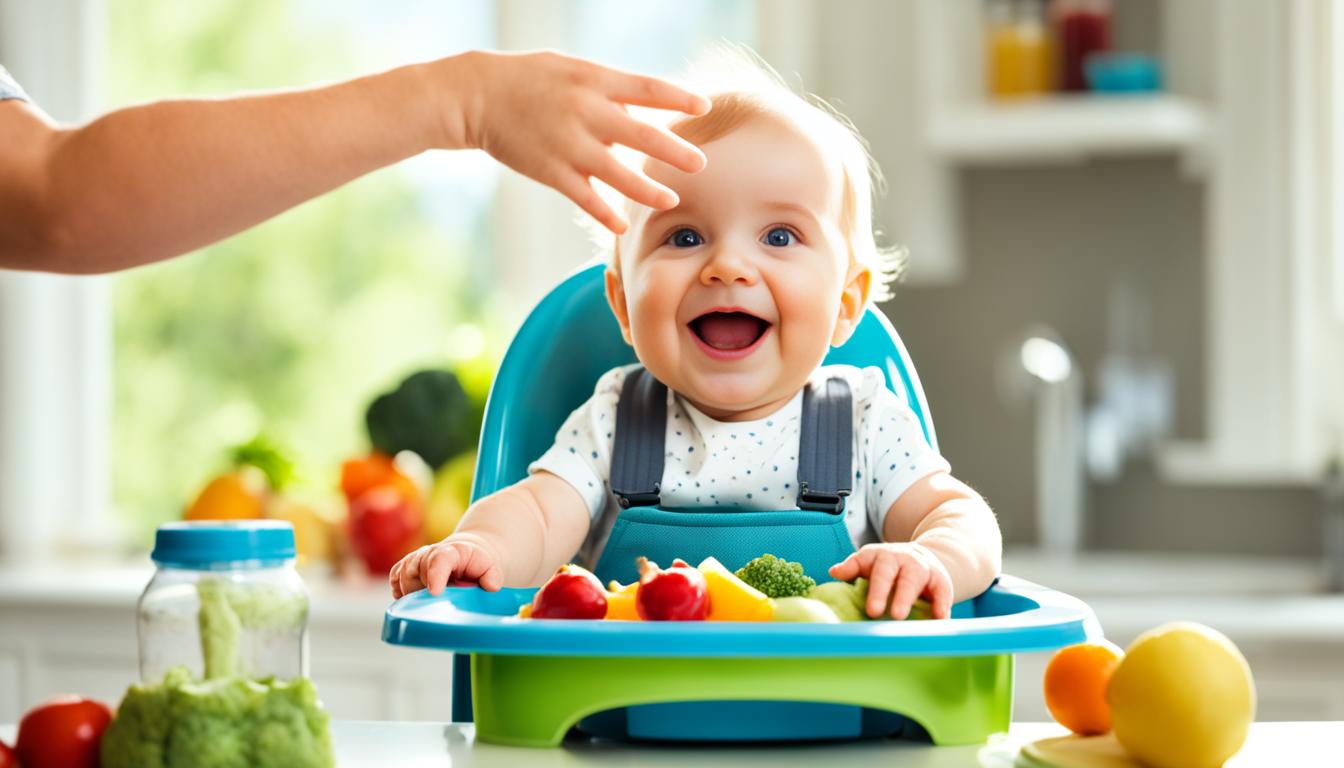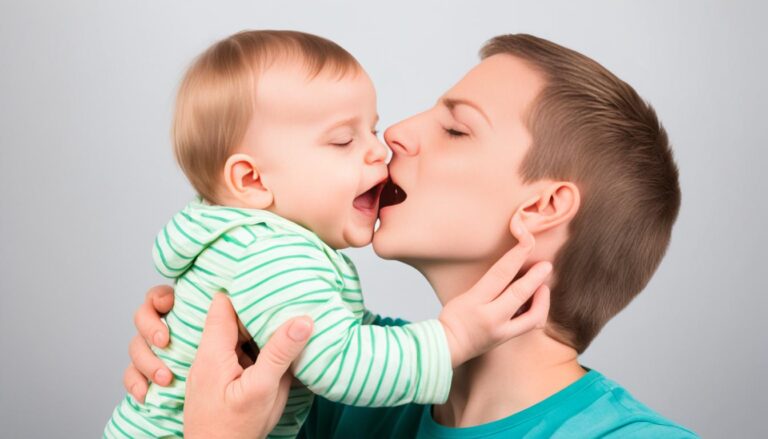When Do Babies Start And Stop Using Playmats
Baby playmats are like vibrant canvases, adorned with a plethora of bright colors, differing textures, and a medley of toys beckoning to be explored. These aren’t merely decorative additions; think of them as mini-universes specifically designed for your child’s growth and amusement. New parents, often navigating the sea of baby products, might ponder, “Why the fuss over a mat?”
For starters, baby playmats offer a treasure trove of developmental benefits. Picture this: your newborn baby, cocooned in the soft mat, reaching out with tiny fingers to feel the crinkly texture beneath or gazing, eyes wide, at the dangling sensory toys above. These initial interactions are fundamental in honing hand-eye coordination.
Moreover, it’s not just about the tactile appeal. The various designs, especially those high-contrast black and white playmats, serve to enhance visual perception, captivating your baby’s attention and encouraging healthy ocular development. The myriad of sensory toys integrated within some of the best play gyms further amplify this sensory stimulation.
And here’s a tip for the aesthetics-conscious parents: playmats, especially those with modern, sleek designs, can effortlessly blend with the decor of your living room or nursery. So, while your little one gets their dose of play and learning, you get a functional yet stylish solution for your home. Truly, baby playmats are a synthesis of form, function, and fun.
Skip To The Following Sections
When Do Babies Start Using Playmats
Child development experts often herald the months post the newborn stage as a pivotal period for sensory play. For instance, a baby, just a few months of age, begins to exhibit burgeoning curiosity. Those initial months are prime real estate for sensory exploration, and that’s where the playmat sweeps in. Its varied textures, intriguing sights, and soothing sounds make it a sensory wonderland.
For many newborn babies, the world is a whirlwind of new stimuli. Introducing a baby mat with high-contrast designs, think bold black and white playmats, can serve to hold their attention, fostering visual perception. As they age, the toys can transition from simple, captivating designs to more interactive ones, keeping pace with their developmental stage.
However, here’s a tip: don’t be swayed solely by age. Tune into your baby’s cues. If your little one seems intrigued by dangling toys at home or exhibits fascination towards textures, it’s a good indicator that they might be ready for the diverse universe of a baby playmat. Remember, every baby’s journey is unique; while some might be enthralled by the playmat’s sensory toys early on, others might take a tad longer. And that’s perfectly okay. The best play mat is the one introduced at the right time for your baby, ensuring a delightful and enriching experience.
Key Developmental Benefits of Using Playmats
Boosting motor skills: Tummy time, a recommendation touted by institutions like the American Academy of Pediatrics, isn’t just good practice. With the right tummy time pillow, playmats can offer young babies a safe space to strengthen their neck muscles and work on gross motor skills. Over time, as babies roll over, grasp at hanging toys, and even attempt their first crawl, these mats become instrumental in muscle development.
Sensory stimulation: An infant play gym is a cornucopia of sensory wonders. From the different textures under their tiny fingers to the soft lullabies that might waft from an interactive mat, these baby mats are tailored to engage sight, sound, and touch.
Cognitive leaps: The cause and effect realization, as a baby pulls on a dangling toy and it jiggles, offers them their first brush with the physics of the world. These interactions, subtle as they might seem, are monumental in cognitive development.
Emotional growth: Self-soothing, a vital skill for emotional well-being, finds its roots in these early interactions. As babies explore and play independently on their playmats, they also learn the art of self-contentment.
When Do Babies Stop Using Playmats
Often, there isn’t a set rule etched in stone or a specific month pinpointed on the calendar. Instead, it’s a melange of subtle cues and overt actions. For example, if you find your baby more inclined to chase the cat’s tail or claw at furniture rather than engage with the dangling toys of their baby play gym, it’s a palpable sign they’re evolving.
The transition isn’t just physical. As babies’ cognitive benefits from playmats start to plateau, they might seek toys that challenge their growing brains in different ways. The passive observation of sensory toys might give way to the thrill of interactive activity centers or the joy of stacking blocks.
Here’s a solution for parents navigating this transition: consider supplementing the playmat experience. Introducing new toys or combining playmat time with other activities can extend its relevance. Yet, when the time inevitably arrives, it’s essential to be prepared. Scouring options for the next developmental tool or toy, such as activity tables or sensory bins, ensures the baby’s needs are always met.
A tip to remember: Evolution is natural. Embrace the change, celebrate the milestones, and always ensure your child’s play environment caters to their current developmental stage. Whether it’s reminiscing about the days when the soft mat was their whole world or gearing up for the next big thing, each phase is a testament to their incredible journey of growth.
Alternatives and Progressions After Playmats
The dynamic landscape of child development rarely stalls. Just as a baby starts to outgrow the charm of their playmat, a new horizon of engaging toys and activities beckons. Parents often find themselves at this crossroads, contemplating, “What’s the next best play gym alternative?”
Activity Tables: These are no ordinary tables. Laden with dials to turn, buttons to press, and puzzles to solve, they’re a haven for young explorers. For toddlers who’ve mastered the art of standing, an activity table offers both physical support and a buffet of cognitive challenges. Remember the joy of dangling toys? Now, imagine that multiplied, with the added benefits of fine motor skill refinement.
Sensory Bins: Think of these as mini treasure chests. Filled with materials of varied textures – from cool water beads to grainy sand – sensory bins provide tactile adventures. For a child who once marveled at the different textures on a playmat, this is the next big sensory playground. Dive in with themed bins; perhaps a “beach day” with shells and sand or a “forest hunt” with pinecones and leaves.
Tummy Time Mats to Activity Centers: While playmats are often the first step, baby activity gyms or centers become the next hub of intrigue. Incorporating elements like mirrors, music, and more complex interactive toys, these centers cater to a baby’s increasing curiosity.
Now, a tip for the environmentally-conscious: repurposing is key. Your baby’s outgrown playmat doesn’t have to gather dust or head to the landfill. Why not use it as a comfortable space for older children to lounge, or a soft surface for their art projects? With some creativity, the mat that once stimulated your baby’s senses can find a renewed purpose, be it in children’s playrooms or even as a cozy reading nook.
In essence, while the playmat chapter might conclude, the narrative of exploration and growth is far from over. Each new toy or activity not only satiates the baby’s developmental thirst but also paves the way for a myriad of new memories and milestones.
Safety Tips and Considerations for Playmat Use
The excitement that ensues as your little one delves into the world of playmats is palpable. But as with every baby accessory, safety should always be at the forefront. Here’s a guide to ensuring that your baby’s playtime is both enjoyable and secure.
Material Matters: When scouting for the best play mat, material is paramount. Newborns and young babies have delicate skin and are prone to allergies. Opting for non-toxic materials is crucial. Whether it’s a cushioned mat for hardwood floor protection or a plush one for softness, ensure it’s free from harmful chemicals.
Design Deliberations: Not all playmats are designed equal. Choose designs that align with your baby’s developmental stage. For younger babies, high-contrast black and white playmats can be the best choice as they cater to developing visual perception. As they grow, interactive mats with sensory toys become the ideal pick.
Small Parts, Big Risks: Detachable toys are fun, but they come with their share of risks, especially if they have small parts. Regularly inspect the playmat for any wear and tear. A loose bead or toy is a potential choking hazard.
Hard Surfaces and Soft Solutions: Babies are unpredictable. One moment they’re calmly engaging with hanging toys, and the next, they might be attempting a mini roll or shuffle. If your home boasts hardwood floors or other hard surfaces, ensure the playmat offers adequate cushioning. A soft mat can act as a buffer, absorbing those minor tumbles and falls.
Hygiene First: Babies drool, spill, and sometimes have those unexpected diaper leaks. Cleaning the playmat becomes paramount. Look for mats that can be wiped clean easily or tossed in the washing machine on a gentle cycle. After all, a clean playmat is a safe one.
Setting Boundaries: While it’s tempting to surround your baby with a plethora of toys, sometimes less is more. Overwhelming them with too many toys can lead to overstimulation. Instead, rotate the toys, ensuring a fresh experience while also reducing clutter which could potentially be a tripping hazard.
A final tip: Always remember, the American Academy of Pediatrics recommends supervising playtime, irrespective of how safe the environment might seem. Your watchful eye, combined with these safety measures, ensures that your baby’s foray into the world of playmats is as safe as it is enjoyable.










